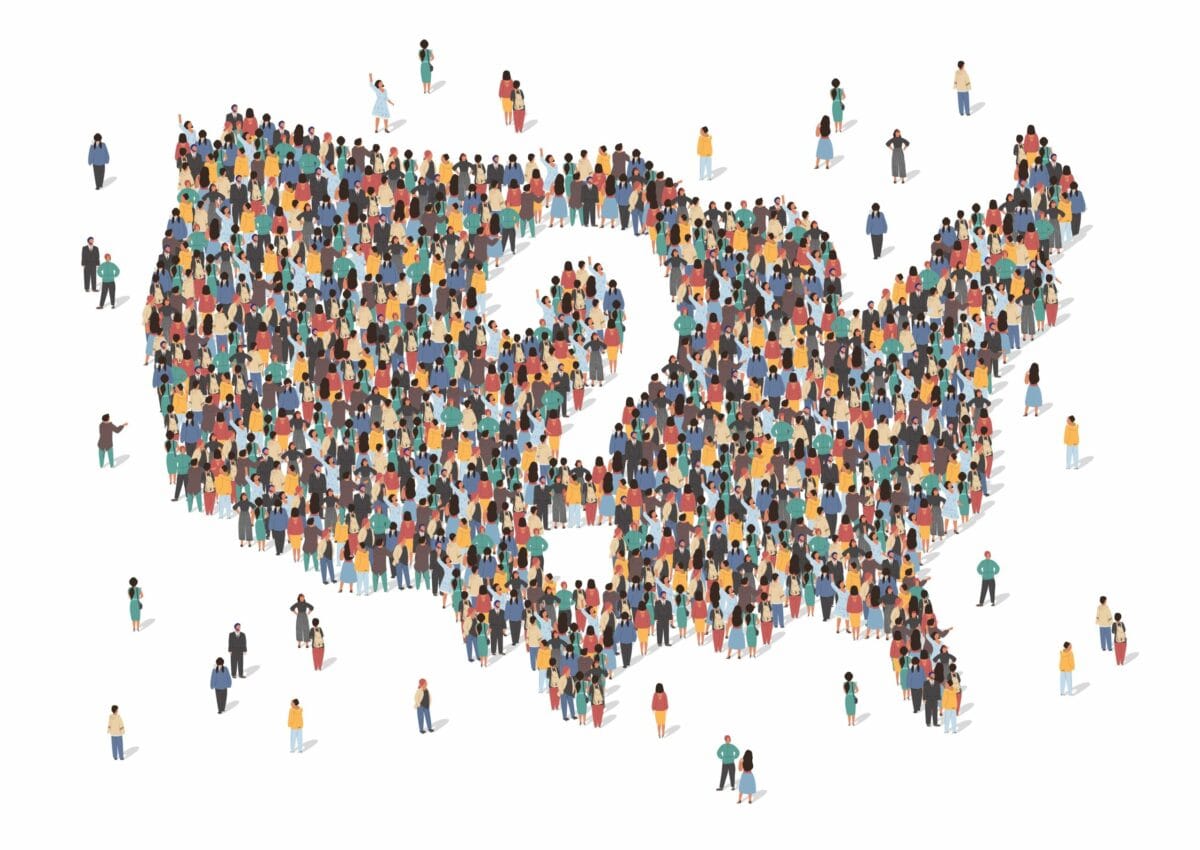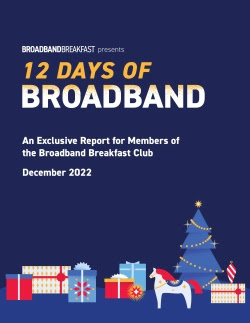FCC Finally Releases Federal Broadband Map, But State Officials Have Doubts
Some fear that state offices will lack the necessary resources to fully participate in the fabric challenge process.
David B. McGarry

The Federal Communications Commission’s mapping process has drawn much scrutiny. Much of the broadband industry discusses the new map’s looming role in allocating funding from the Infrastructure Investment and Jobs Act, the bipartisan infrastructure law largely administered by the Commerce Department’s National Telecommunications and Information Administration.
But the FCC, the independent regulatory agency charged by Congress with the broadband map, seems equally focused on its long-term potential.
The 12 Days of Broadband 2022 (click to open)
- On the First Day of Broadband, my true love sent to me:
A Symmetrical Gigabit Network - On the Second Day of Broadband, my true love sent to me:
24 Reverse-Preemption Pole Attachment States (2022 edition) - On the Third Day of Broadband, my true love sent to me:
Section Two-30 of the Communications Decency Act - On the Fourth Day of Broadband, my true love sent to me:
$42.5 billion in Broadband Equity, Access and Deployment funds - On the Fifth Day of Broadband, my true love sent to me:
5 Federal Communications Commissioners - On the Sixth Day of Broadband, my true love sent to me:
Wi-Fi 6E - On the Seventh Day of Broadband, my true love sent to me:
7.7% annual inflation rate - On the Eighth Day of Broadband, my true love sent to me:
8,132,968 census blocks and a national Broadband Fabric - On the Ninth Day of Broadband, my true love sent to me:
$9 Billion Universal Service Fund - On the Tenth Day of Broadband, my true love sent to me:
$10 Billion Remaining in the Affordable Connectivity Program - On the Eleventh Day of Broadband, my true love sent to me:
11th Year of Xi Jinping’s rule in China - On the Twelfth Day of Broadband, my true love sent to me:
12 or More State Broadband Officers
The FCC has repeatedly emphasized that stakeholder challenges to mapping data are critical to producing an accurate map. State governments, service providers, individuals, and other stakeholders can dispute the map’s availability data as well as its location data — the latter contained in the dataset called the “fabric.”
Challenges to both will be accepted on a rolling basis. FCC spokespeople have routinely used the word “iterative” to describe the processes. The agency and many experts project optimism, saying the challenged and corrected FCC maps will likely be quite accurate.

Many less sanguine industry players are primarily concerned with the next six months, however.
The FCC’s mapping data will largely determine the distribution among the states of the $42.45 billion Broadband Equity, Access and Deployment program of IIJA. The NTIA, charged with overseeing BEAD funds, urged would-be challengers to submit data by Jan. 13. According to the NTIA, challenges lodged later may be processed too late for inclusion in the BEAD-allocation process.
Several state broadband officials recently told Broadband Breakfast that they believe the map will still be highly flawed at the point that BEAD grant allocations are calculated. What’s more, many said the regulatory burdens of the fabric-challenge process are quite heavy.
One official argued that after BEAD funding is allocated, many state broadband offices will lack sufficient incentive to use their limited resources to challenge federal maps.
In October, Adam Carpenter, chief data officer of the Montana Department of Administration told a Broadband Breakfast Live Online audience that, given the FCC’s contractual obligation to share fabric-challenge data with mapping vendor CostQuest associates, he would be unable to participate fully in that challenge process without legally jeopardizing his state.
Carpenter said Montana’s contract with CostQuest’s mapping rival, LightBox, bars him from submitting LightBox’s data to the FCC since that data could later be included in CostQuest’s commercial products.
When questioned at Broadband Breakfast’s Digital Infrastructure Investment conference in November, CostQuest CEO James Stegeman said, “It is not necessarily the FCC’s issue — it’s really those third parties who present issues to the states.”











Member discussion